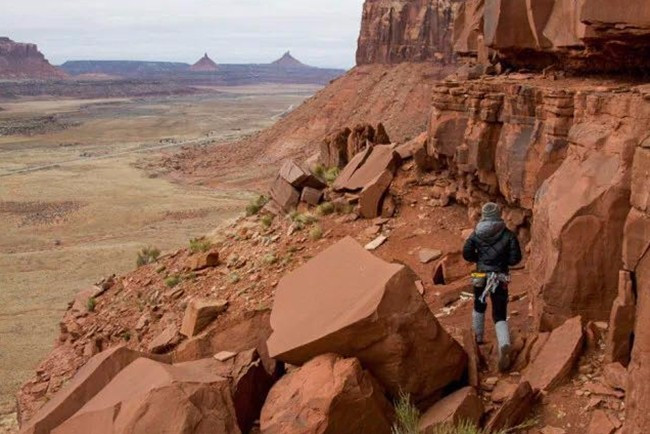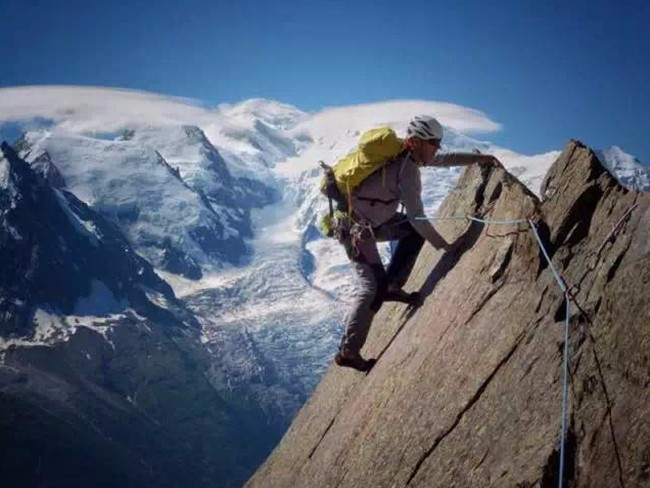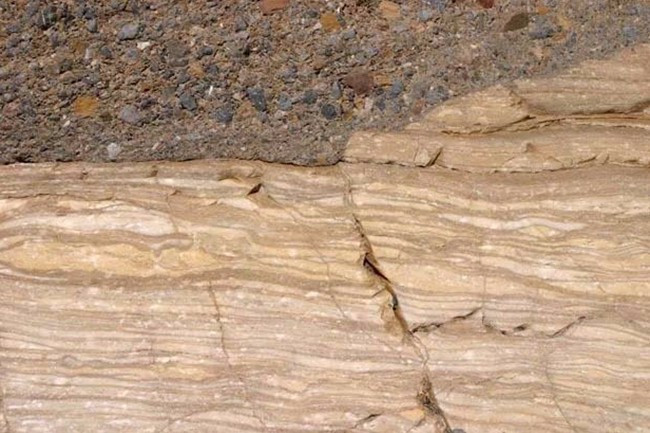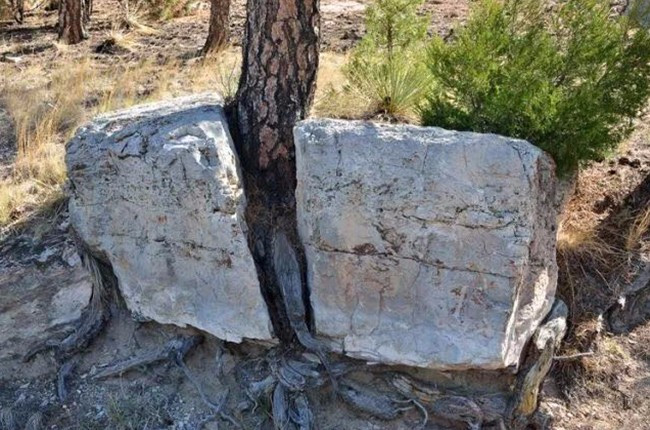Be careful of why the falling rock wall will prevail?
2023-02-28 00:06:41
Editor's note:
At the California Rock climbing resort Yosemite National Park Chieftain (El Capitan), there was a continuous mass of rock falling on September 27th and 28th, 2017, causing at least one death and two injuries. Back in 2013, two rock climbers also lost their lives in the same period when the climber stone climbed due to small rockfalls. The fall of Glacier Point in Yosemite 18 years ago also caused one death. While deploring the deceased, as rock climbing enthusiasts, we should be on the alert. Security is always the most important issue we face. Before enjoying the pleasure of climbing, we need to understand what kind of geological structure and rock conditions are suitable for climbing and the safety protection during climbing.

Image credit: i.kinja-img.com
Rockfall and Causes
Falling rock refers to the rock fragments generated by the chemical or physical action of the rock body, which fall freely, fall down, fall or roll off from the nearly vertical rock wall under gravity. Thus, there are two necessary conditions for rockfall: steep rock walls and rock fragments. For rock friends, the steep rock wall can not only be avoided, but also the pursuit of rock climbers. Therefore, the key to avoiding falling rocks is to choose a route that does not easily generate rock fragments.
Whether the rock wall easily produces rock fragments depends on the geological structure of the rock body and the external environment. Air and water are the main external conditions that cause weathering and exfoliation of rocks. In long-term exposure to air, surface water, or groundwater, if the rock itself is easily eroded by wind and water, such as sandstone or shale, rock fragments can easily be produced.
Moab Mountain in Utah is dominated by sandstone (Source: cloudfront.net)

The mountain of Moab in Utah is dominated by sandstone. Photo credit: cloudfront.net
In contrast, the texture of hard basalt, granite, metamorphic rock (such as marble) is not easy to weather under the same conditions, and therefore it is less likely to produce rockfall.

French rock climbing resort Chamonix is ​​dominated by granite
If the rock mass contains an unconformity surface, that is, there are distinct interfaces between rocks of different types or deposits in the rock mass, rocks on both sides of the unconformity surface are easily stripped to produce rock fragments.

Seen from Death Valley, California, USA. Conglomerate (upper dark area) and marble (lower light area) formed an unconformity in the picture. Source: p2.sanwen8.com
Animal or plant activities may also produce rock fragments. Cave animals (such as hares) may use nests of rocks to make nests, thereby increasing the cracks and finally cracking the rock. The root action of plants is also a cause of rock fragments. If precipitation is abundant in the area where the rock mass is located, the precipitation remaining in the cracks in the rock mass may promote the plant to take root in it. As the plants grow, their roots are deeper and deeper in the crevices of the rock, which may eventually crack the rock and produce rock fragments.

Image credit: cdn.thinglink.me
Natural climate change will accelerate the fragmentation of rocks. For example, the rockfall in Yosemite recently was considered to be the transfer of summer and autumn, and the weather turned cold. The thermal expansion and contraction of rock caused the fragmentation of some rocks. Rocks in cold and abundant areas are also prone to debris. This is mainly because the water in the rock cracks freezes and melts year after year, and the effect of thermal expansion and contraction will accelerate the fragmentation of the rock.

Image source:geographyclassroom2014.weebly.com
In addition to the physical effects mentioned above, chemical weathering may also produce rock fragments. Oxygen in the air, acid in precipitation (acid rain), salt in seawater, minerals in lakes, etc. will react with the minerals in the rock mass. Sometimes this chemical reaction causes changes in the internal particle size of the rock (ie, the particle size of the internal composition of the rock), which changes the morphology of the rock and produces gravel.

The Custer landscape in Guilin, Guangxi, China, is the result of limestone chemical weathering. Photo credit: i.dimg.cc
Once a rockfall occurs, the first falling gravel may exert external force on other rocks, causing the translocation of other rocks, loosening, or hitting to produce more gravel, resulting in large-scale rockfall. Recently it happened in two consecutive falls in Yosemite. The scale of the last time was ten times bigger than the previous one. To be on the safe side, rock friends need to be careful to avoid falling rocks.
Responses
In order to effectively avoid falling rock-prone areas and reduce the rockfall caused by external forces during rock climbing, rock climbers can start with the following aspects:
Do your homework before climbing to fully understand the climbing route, understand the basic composition of the rock, and avoid climbing the rocks that easily produce gravel.
Choose the right time and try to avoid climbing during the season. Test the stability of the rock before the official climbing, define the position of the loose rock, and avoid using the loose rock in the climbing process. If you have to use it, make sure to exert vertical downward force on the problem rock, and do not apply horizontal force to pull the rock out.
Rock points with uncertain security are judged from the sound to see if they are hollow. Hollow rocks often give off a crisp sound, while solid rocks make a boring sound, even without sound. The hollow rock is easily broken under external force and should be avoided.
During climbing, regardless of whether you are going up or down, always pay attention to the position of the protection rope. Sometimes the movement of the rope or external force applied to the rock can also cause gravel or rockfall.
It should be pointed out that falling rocks are a very common natural phenomenon. There are more than 80 rockfalls recorded on the average each year in Yosemite National Park. There are countless falling stones that are not recorded in small-scale records. . Therefore, for wild rock climbers, in addition to avoiding areas where rockfalls are frequent, follow the above steps to do preventive work. Learning how to deal with falling rocks in climbing is also an important part of ensuring safety.
Once a rock falls during climbing, the first thing a climber needs to do is to control their own body and emotions, adjust their breathing, do not panic, calmly determine their condition and see if they are injured. Observe and assess whether or not your environment is safe and whether it is effective to avoid falling rocks. At the same time, fix yourself on the wall with any available tool by hand and observe the position and condition of your companions. You can carry your mobile phone with you when you are rock climbing so that you can report the alarm in case of an unexpected situation. You can also use the radio to find other available stations for help. If you do not carry your mobile phone or walkie-talkie with you, you can call for help, wave brightly colored clothes, or use tools such as flashlights to help rescue workers quickly identify the location for rescue.
DELIN HAIR COSMETICS , https://www.hairstylingwaxfactory.com